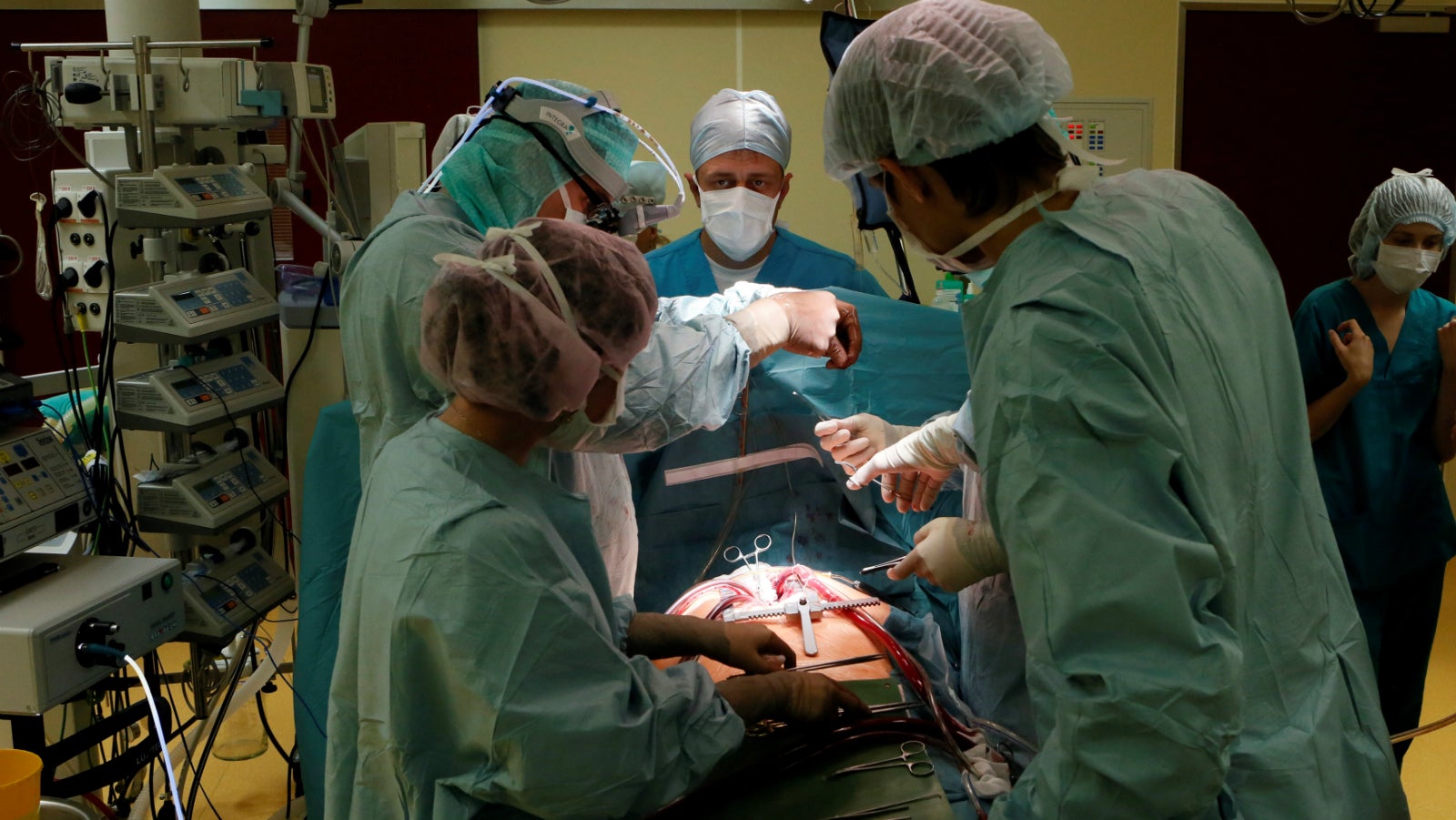Indian hospitals are profiteering from the country’s cardiovascular crisis
India has a serious cardiovascular problem.


India has a serious cardiovascular problem.
Every year, over two million people in Asia’s third-largest economy die of cardiovascular problems, mostly coronary heart diseases and stroke. Nearly 30 million Indians suffer from such illnesses and over 200,000 heart surgeries take place in the country annually.
While the cost of such operations is significantly lower in India than in many other countries, it seems hospitals here have been making a fortune out of such procedures through another means: the sale of stents. Planted in an artery to open up blood flow, stents are wire meshes placed in the heart through an angioplasty.
Indian hospitals could be selling stents at staggering margins of up to 654%, according to the National Pharmaceutical Pricing Authority (NPPA), the nodal agency for fixing pharmaceutical product prices. It believes that the cost of stents varies between Rs25,000 and Rs198,000 in India. The drug-eluting stent (DES), 95% of those used in the country, is often sold at anywhere between Rs40,000 and Rs198,000.
India’s stent industry is worth Rs1,400 crore and dominated by global MNCs, including Abbott Vascular and Medtronic, which together control about 60% of the market and often import them.
NPPA believes the trade margin for a hospital on selling a domestically-made stent could be between 74% and 435% while it is between 11% and 654% for imported ones. The manufacturing cost of a domestic stent is between Rs7,600 and Rs8,250, while the landed price of imported ones could be between Rs5,126 and Rs40,820. The drug pricing authority also said that the trade margin for a distributor on selling to a patient could be between 87% and 1,026%.
With the number of heart surgeries being performed in the country rising over the past few years, the call to bring down stent prices has grown louder. Since 2011, the number of stent procedures performed in India has trebled to 500,000, figures from the National Interventional Council, an arm of the Cardiological Society of India, show.
Last November, the Narendra Modi government added DES and bare metal stents—these were used before DES was introduced—to the national list of essential medicines. This list identifies medicines that must be made affordable for citizens.
Healthcare is an expensive affair in a country where two-thirds of the population lives on less than $2 per day. A draft national health policy released in 2015 states that Indians’ out-of-pocket expenditure for health stood at 60%, one of the highest in the world.
Even excluding stent prices, the cost of performing a heart surgery here ranges from Rs60,000 to Rs2.5 lakh. The NPPA is soon expected to take a call on capping stent prices at between Rs21,881 and Rs67,272, a move opposed by many hospitals and doctors. They believe such capping will affect innovation. The NPPA has, meanwhile, asked all stent-makers, marketers, and importers to submit detailed data on pricing in their deals with distributors, hospitals, and retailers. This is to ensure that the price cap is strictly adhered to.
While stent-makers themselves have reduced prices for distributors by 34% over the past five years, most hospitals are yet to pass on the benefits to patients, a study by market research and analysis firm IMS Health shows.